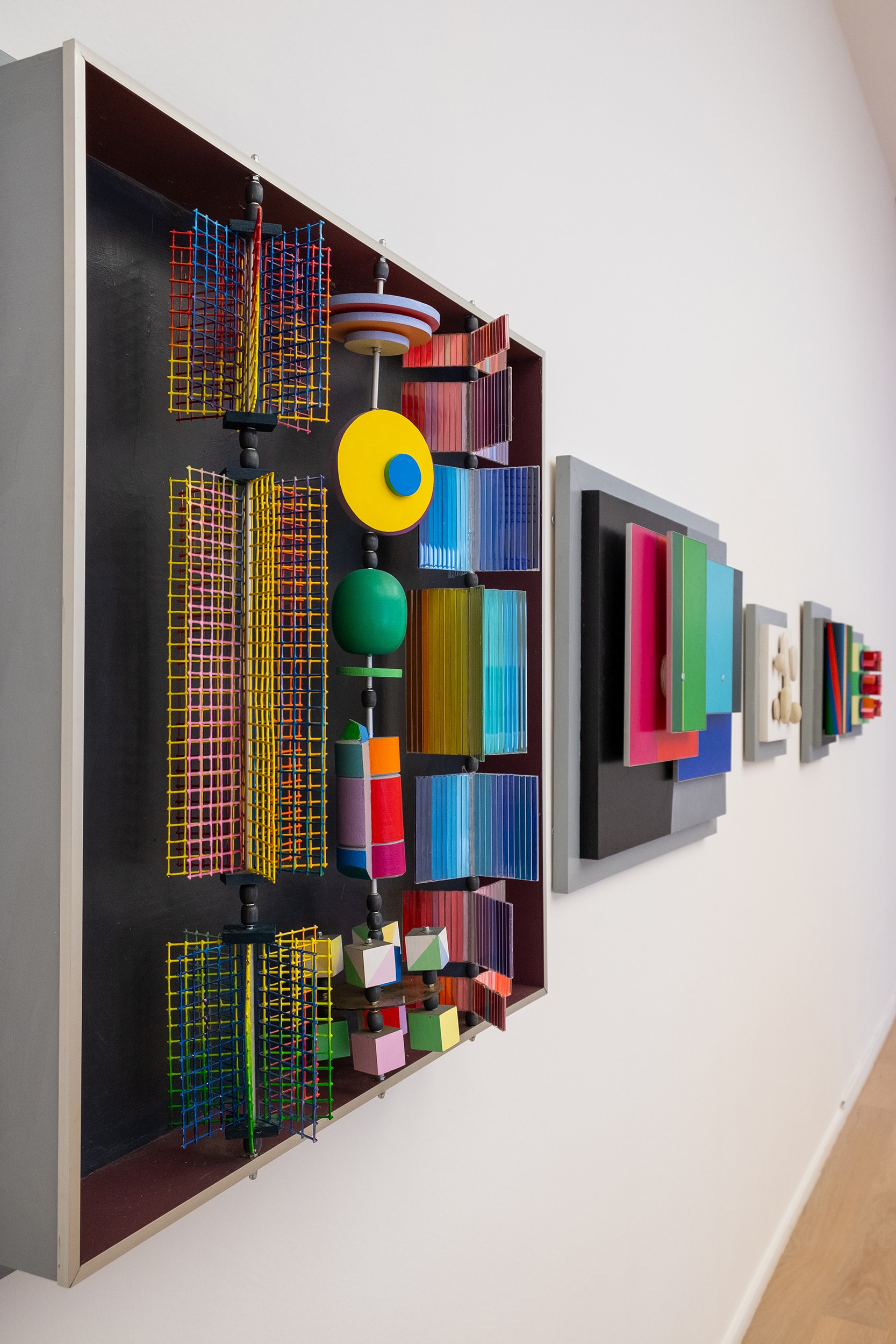Zankl meets Schwarz.
Two positions of Styrian post-war art
They knew and appreciated each other and were founding members of the association of Styrian visual artists known as the "Junge Gruppe", which established a cultural institution that was important for Graz and the whole of Styria, the Forum Stadtpark. We are talking about Hannes Schwarz (1926-2014) and Gustav Zankl (*1929). Their youth was characterised by their exposure to Nazi ideology. What they both had in common was that they were good at drawing. Hannes Schwarz was selected to attend an elite Nazi school because of his talent. His training as an artist ended when he was drafted into the brutal war, which confronted him with death and dying. Gustav Zankl, on the other hand, was denied admission to an engineering school due to rebelliousness. The few years of later birth meant that he did not have to actively participate in the military war. But the indoctrination, the punishments for deviant behaviour and all the psychological stress left deep scars on him too.
In the years after the war, both decided to become teachers and art educators. Schwarz taught in Weiz, Zankl in Graz after working as an engineer. And they were active as artists. In 1953, an exhibition of the "Junge Gruppe" was organised in Weiz, far away from Graz, where the descendants of the Graz Secession initially found no place. In Weiz, their abstract compositions were met with rejection. It was the years after the Nazi regime and the propagandised concept of art had a lasting effect.
After these early years, they continued to develop their art. In the 1960s, Hannes Schwarz turned his attention to the human figure, the horrors of earthly existence, pain, fears, hurt and loneliness. Images of suffering, maltreated people in hospital beds against a black, empty background bear witness to this. Or he places human figures sitting at a round table, at a great distance from each other. Their bodies are covered in scars and injuries. The "Figure behind bars" series shows deformed, bleeding bodies behind black bars. It is this exposure of people to the world that the thoughtful Schwarz, who is characterised by philosophical thoughts of existentialism, expresses in his large-format works. And he allows us to empathise, to share in the pain.


Gustav Zankl formally took a different path. For him, art means scientific research. From the 1960s onwards, his colour quantum research manifested itself in art objects that are movable, such as the works in the "Cluster of Information" cycle (2007). These are mostly painted plywood panels or bodies whose colour combinations are based on precise calculations. Participation is Zankl's highest artistic premise. As he writes, his art objects are intended to encourage viewers to "take action" and "expand their emotional and intellectual potential".
Zankl exhibited the "Cluster of Information" at the Hannes Schwarz Centre in Weiz in 2015. The monastery purchased this cycle of works in 2022 and so this year a juxtaposition of the works and the different artistic approaches of the two Styrian artists can be seen, once again demonstrating a central idea in the exhibition strategy of the past two decades: Entering into dialogue. Expressive art meets concrete art, both with the aim of moving us emotionally.
The year 2024 marks the 10th anniversary of Hannes Schwarz's death. This is the occasion for a series of events focussing on his work at important points in his life.
With two exhibitions and an evening of talks, the Museum of Admont Abbey is taking part in a series of collaborations between Styrian cultural institutions in 2025 and 2026 to commemorate the work of the Styrian painter and thinker Hannes Schwarz (1926-2014).
You can find the programme for the memorial project Gegenwelten here











